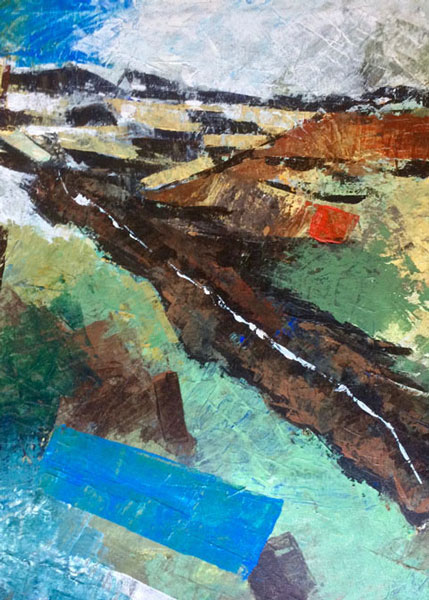South Asian . South Asian . South Asian . South Asian .
Modern . Modern . Modern . Modern . Modern .
Contemporary + Contemporary + Contemporary +
An Introduction to South Asian Modern + Contemporary Art
The composite history of South Asian modern art is a complex and nuanced narrative covering the decades from the1900s to the 1970s. As in Europe, art first attracted the idiom ‘modern’ when it began to deal with the experiences of everyday life and ‘real’ people – in South Asia’s case a startling turnaround from the Anglocentric tradition of fine portraits of Raj grandees or Maharajas, romantic landscapes and history paintings.
Heavily influenced in the early days by artists such as Jamini Roy and Amrita Sher-Gil, who were determined to connect to the ‘true’ India (before the creation of Pakistan and Bangladesh), artists created moving depictions of village and rural life, and sacred or mythical scenes, frequently using indigenous materials – village-milled paper and local pigments – to embody intrinsic Indian values.
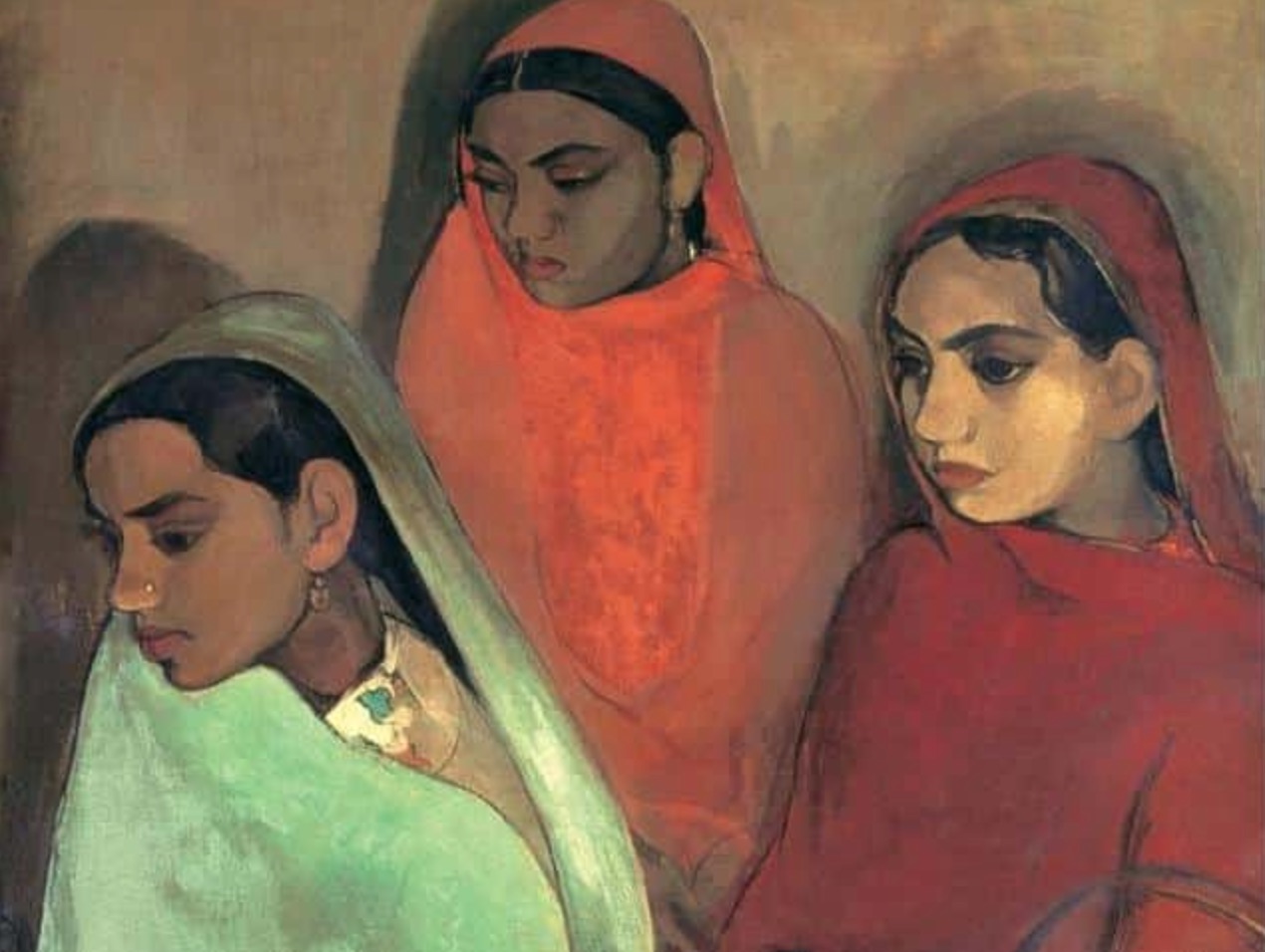
Amrita Sher-Gil, Three Girls, 1935
In 1947, at the birth of Indian Independence and the creation of Pakistan, a new thesis emerged. The Bombay Progressive Artists’ Group, set out to create an art that more closely described the sensations, emotions and experience of South Asians at that time of both great celebration and great turmoil. They drew on ancient artistic traditions and some Euro-American Modernism influences but most importantly they embraced a radical view of how Indian art could speak to its audience. M.F. Husain, Sayed Haider Raza and Francis Newton Souza, amongst others, utilised palettes, themes and subjects which were somehow familiar yet excitingly new and which spoke of Indian identity and optimism.
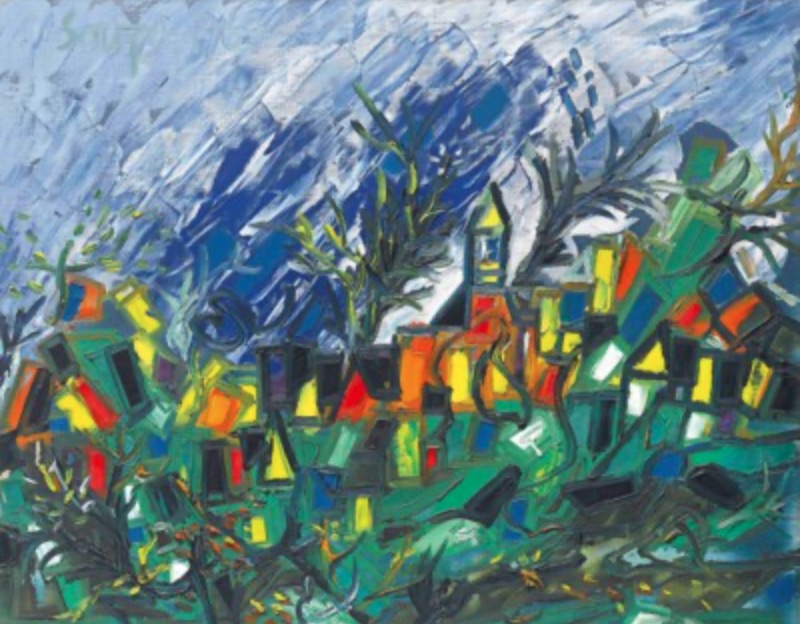
Francis Newton Souza, Landscape with Turret, 1969
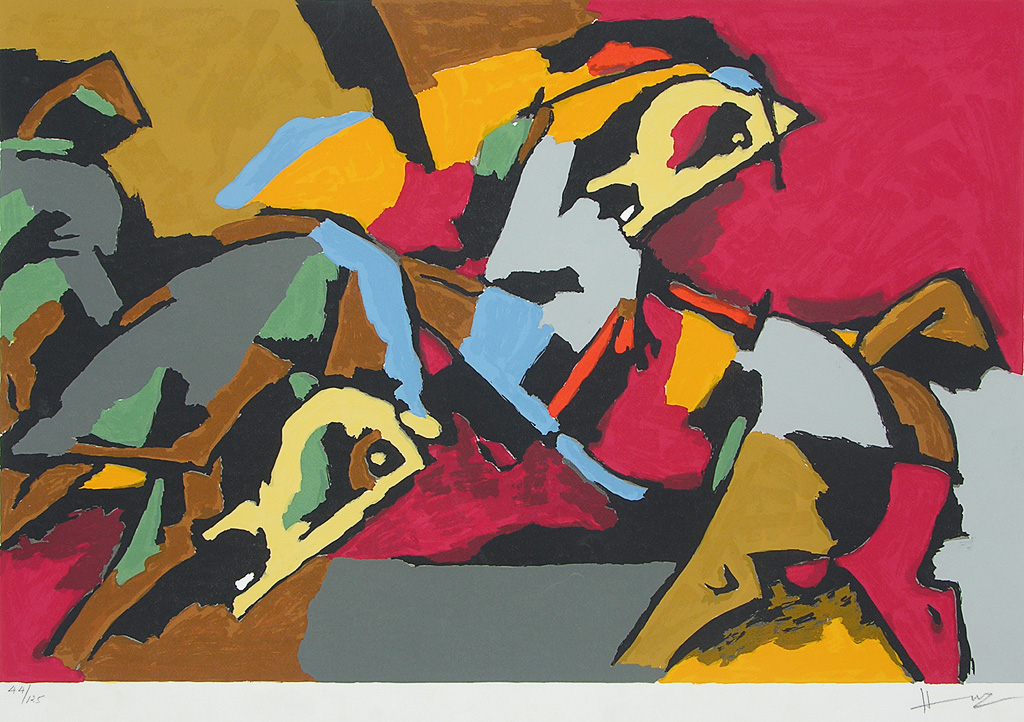
Maqbool Fida Husain, Two Horses, 1970
From the 1980s onwards art took yet another turn, looking again to Europe and America in adopting similar paradigms but directing most of its energy into the powerful modernisation project of the moment.
This century has seen a gradual but growing commitment to education, curation and criticism, all of which are vital to a sound art ecosystem. The India Art Fair launched in 2008, followed swiftly by further enterprises that now attract local, South Asian-wide and global audiences; the Serendipity Art Festival in Goa, the Chennai Photo Biennial, the Kochi-Muziris Biennale, the Islamabad Arts Fest, the Dhaka Art Summit and other smaller projects. Equally the commercial South Asian art world has gained a place at the international table with regular sales at Sotheby’s, Christie’s and other auction houses in London, New York, Hong Kong and Mumbai.
The past few decades have proved to be seminal for the momentum of contemporary art in India. The rapid growth in the country’s domestic economy and global reach in the 1990s triggered significant political, social, cultural and experiential change which manifested in the inventive work of brilliant artists; their fertile imaginations setting about the task of exploring the shifting world about them.
In 2020, South Asian modern and contemporary art is on an exponential growth curve: attracting serious buyers; prices holding strong; acquisitions by prominent international museums growing; and exciting new artists arriving on the scene as an almost daily occurrence.
Walking into a contemporary art gallery today you might admire a shimmering sculpture of stainless steel Indian kitchenware, a photo installation of gnarled mangrove trees which speaks of ecological crisis, or a lyrical, multi-hued painting of a Hindu god – the exciting work of this new generation of artists fiercely demands our attention. Whether the chosen media is paint, steel, concrete, textile or everyday city debris, the work challenges us to see a complex and unvarnished India through the artist’s eye.
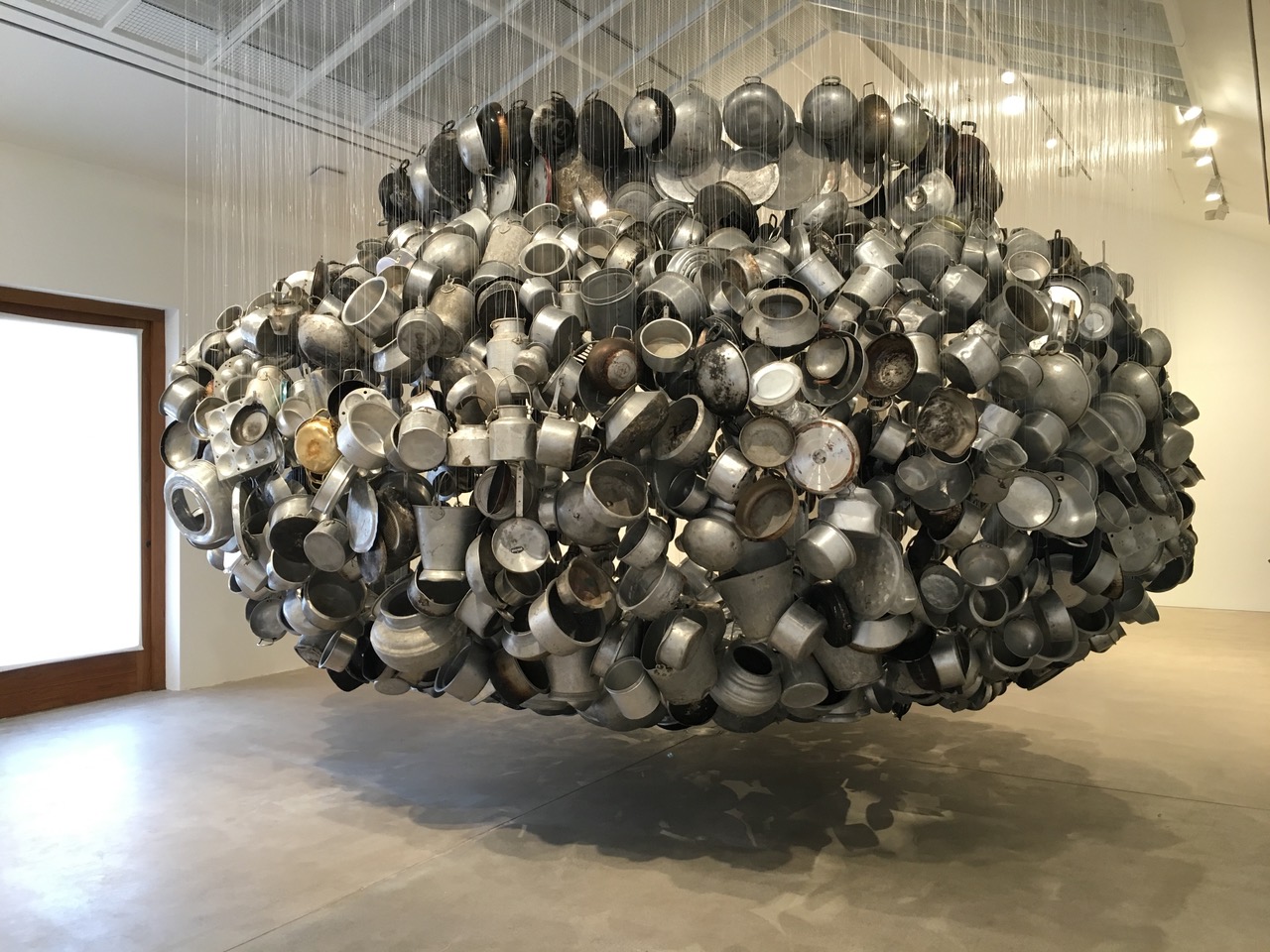
4. 4. Subodh Gupta, Chanda Mama Door Ke , 2015, Hauser and Wirth Somerset, photo: Georgina Bexon
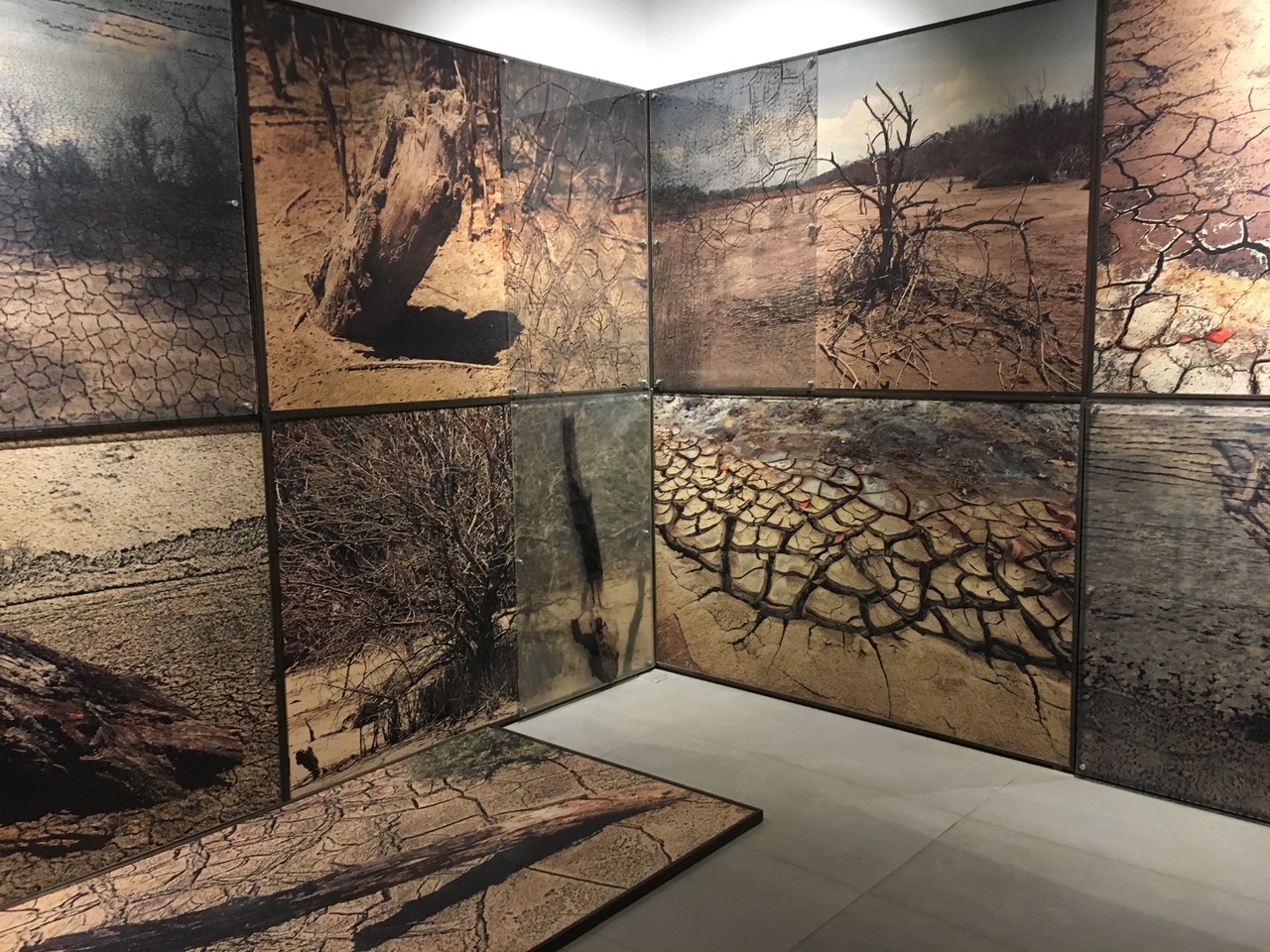
Sonia Mehra Chawla, Critical Membrane, 2016, Exhibit 320, New Delhi, photo: Georgina Bexon

Manjit Bawa, Untitled (Krishna) (2004)
Art Services

Consulting
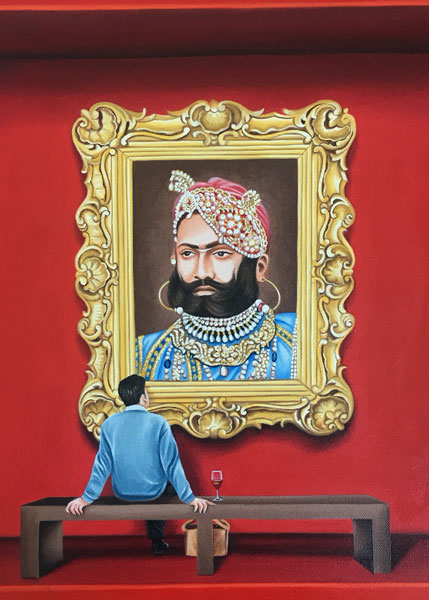
Speaking
